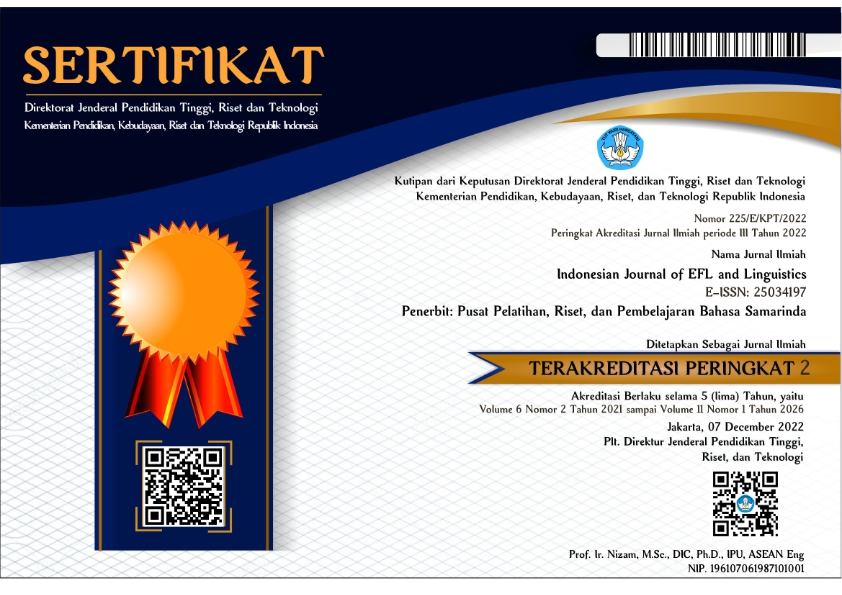Critical Discourse Analysis of Linguistics and Visual Elements of GIV Soap Advertisements
Abstract
Advertising significantly influences consumer perceptions and purchasing behavior through the strategic use of linguistic and visual elements. Despite extensive research on advertising discourse, there remains a gap in understanding how language and imagery are specifically utilized in beauty and skincare product advertisements, particularly on social media. While existing studies have explored general advertising strategies, limited research has examined the interplay between linguistic choices, visual representation, and color psychology in shaping consumer responses within the Nigerian context. This study aims to fill this gap by critically analyzing the linguistic and visual elements in Giv Soap advertisements. The research examines the choice of words, including nouns, verbs, and adjectives, to determine their role in portraying product attributes, effectiveness, and the desired impact on users. It also identifies various phrase structures, such as noun phrases, verb phrases, and adjectival phrases, and their contribution to conveying persuasive messages. Additionally, the study explores the use of colors-blue, white, green, and pink-in these advertisements and their psychological effects on audiences. Findings reveal that Giv Soap advertisements strategically combine language and imagery to appeal to consumers, particularly women, by creating strong mental images and emotional connections with the product. The study highlights how these advertisements subtly influence consumer preferences and purchasing decisions. This research contributes to the broader discourse on advertising by providing insights into how linguistic and visual elements work together to construct persuasive messages. It offers valuable implications for advertisers, marketers, and linguists, particularly within the beauty industry.
Copyright (c) 2025 Indonesian Journal of EFL and Linguistics

This work is licensed under a Creative Commons Attribution-NonCommercial-ShareAlike 4.0 International License.




